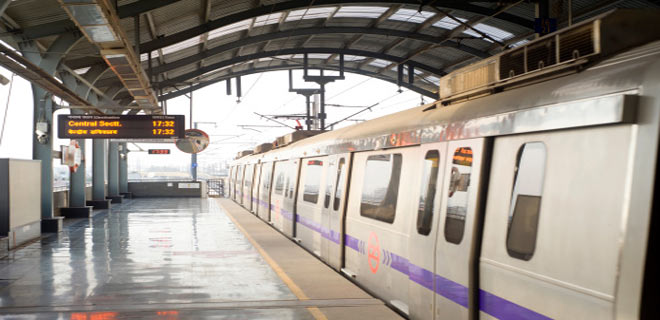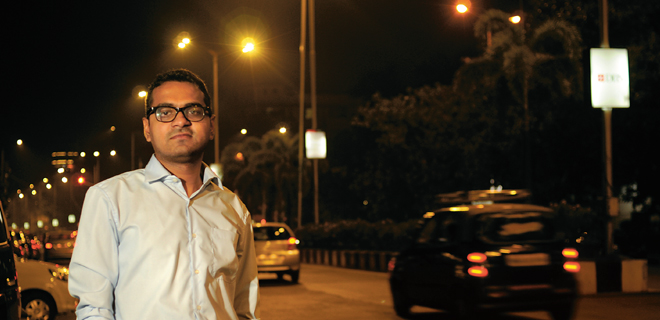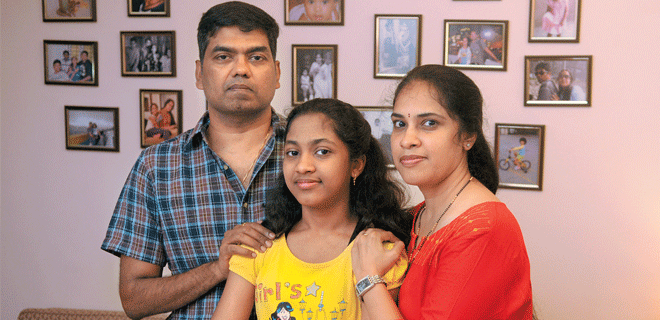The not-so-costly Delhi metro
The hike in metro-token prices is a natural progression, in line with the rising cost of living

The news of metro fares going up has been discussed and debated. The rates are not going to be rolled back and from today commuters will land up paying anywhere between 25 to 66.6 per cent more on their commute. Being a regular metro user, I was upset and felt cheated with the rise in fares which is going to hit my monthly finances bad.
The last time the Delhi Metro Railway Corporation (DMRC) revised fares was eight years ago in 2009. In its past 14 years of operation, the Delhi Metro has become the most preferred public transport for the larger section of Delhi’s population. Right from office-goers with far off work places to college and school students who cannot afford their own conveyance, metro-rail proves to be the most convenient and pocket-friendly option.

Even as I am grappling with the impact of the rise on my budget, I dug up on the fares by other public transports and that tells a completely different story on why the fare hike is not that big a deal after all to fuss over.
One among the many factors that determine prices of tokens is oil price. Global crude oil prices in the Indian basket averaged $47.56 per barrel in 20016-17, a fall of 31 per cent when compared with the $69.79 per barrel mark in 2009-10. However, retail prices of fuel witnessed a steep rise over the same period. Petrol, in Delhi in 2009 cost Rs 40.62 while current petrol price in Delhi has reached Rs 68.09, a hike of 67.6 per cent. Diesel prices in the same period rose by 85.8 per cent.
The cost inflation index (CII) in 2009-10 was computed to be 632 which rose by 78 per cent to 1125 in 2016-17. Following suit, auto-rickshaw prices also witnessed a surge of roughly 31.6 per cent between June 2010 and now. Prices for auto rickshaws were last adjusted in May 2013.
Moreover, both central and the state governments have been harping upon the need to automate metro stations. The need to physically sit at the counter is something which is soon going to be forgotten thus making frequent price revisions cumbersome for DMRC as they will need to keep updating the machines.
To further elucidate the point in contention, DMRC’s director (finance) K.K. Saberwal said, “The necessity of revision in fares was on account of increase in the cost of inputs viz. the staff costs, the cost of energy and the cost of repair and maintenance. Since constitution of the third fare fixation committee, there has been increase in the rate of industrial DA (dearness allowance) by 95.5 per cent (from 16.90 per cent to 112.40 per cent), rate of central DA by 103 per cent (from 22 per cent to 125 per cent) and average increase in the rate of minimum wages by 156.2 per cent.”
Taking the above parameters into account, a 62.5 per cent rise in prices of metro-tokens in the span of eight years, keeping in mind that the next price revision is some time away, is seemingly fare. I am now convinced about this increase in fare and feel that others too will understand that we are not paying through our nose.
I am glad the wise men at DMRC are not adopting a dynamic pricing linked to power or crude oil price, which would have only meant a frequent impact on one’s travel budget and worrying over what the fare would be tomorrow.









